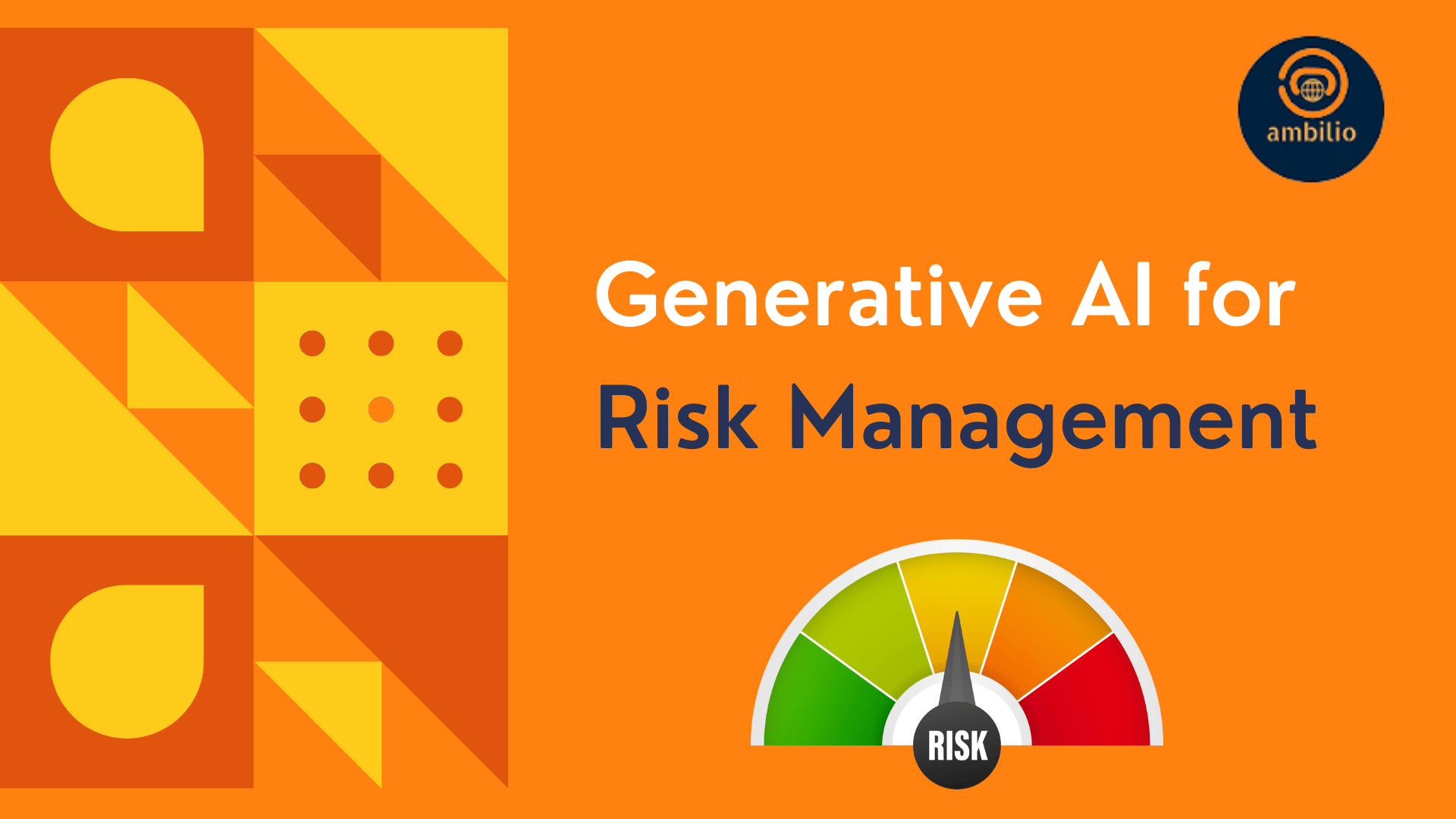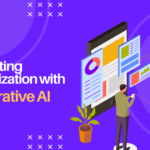Generative AI can be applied in risk management in the financial sector by simulating and predicting potential market scenarios and identifying potential risks. By using generative models, AI can generate synthetic data that can be used to train risk models, enabling the detection of previously unknown risk patterns. Additionally, generative AI can be used to identify fraudulent activities and detect anomalies in financial transactions. This approach can provide more accurate and efficient risk management than traditional methods. Furthermore, AI can analyze large amounts of data in real time, providing timely and accurate risk assessments, which can lead to better decision-making and improved financial performance.
Risk Management in Financial Sector
Risk management is essential in the financial sector because it helps to identify and mitigate potential risks that could negatively impact financial institutions, investors, and the broader economy. Financial institutions face a wide range of risks, including credit risk, market risk, liquidity risk, operational risk, legal and regulatory risk, and reputational risk. Effective risk management helps financial institutions to assess and manage these risks, reduce the likelihood of financial losses and maintain financial stability.
Moreover, risk management in the financial sector is important to protect investors and ensure the integrity of the financial markets. When financial institutions manage risks effectively, they can provide investors with a more stable and predictable investment environment, reducing the likelihood of market disruptions and financial crises.
Overall, risk management is a critical function of the financial sector that plays a vital role in promoting financial stability, protecting investors, and supporting economic growth.
Types of Risk
There are several types of risk that financial institutions may face, including:
- Credit risk: This is the risk that a borrower or counterparty will fail to meet their financial obligations, leading to financial losses for the lender.
- Market risk: This is the risk of losses due to fluctuations in market prices, including interest rates, foreign exchange rates, and stock prices.
- Liquidity risk: This is the risk that a financial institution will be unable to meet its financial obligations as they come due, either because of a lack of cash or an inability to sell assets quickly enough to raise cash.
- Operational risk: This is the risk of losses due to failures in the internal systems, processes, and people within a financial institution.
- Legal and regulatory risk: This is the risk that a financial institution will face financial losses or reputational damage due to non-compliance with laws and regulations.
- Reputational risk: This is the risk of financial losses due to damage to a financial institution’s reputation, which can result from negative publicity, poor customer service, or other factors.
- Systemic risk: This is the risk of a widespread financial crisis or market disruption, which can affect multiple institutions and have broader economic impacts.
Overall, financial institutions must identify and manage these various types of risks to ensure their financial stability and protect their customers and stakeholders.
Generative AI for Risk Management
Generative AI can be used to assist in risk management in the financial sector by generating realistic scenarios and providing insights into potential risks. The techniques used in generative AI include deep learning, neural networks, and probabilistic models.
One way that generative AI can help in risk management is by generating synthetic data that mimics real-world data. This synthetic data can be used to simulate different scenarios and assess the potential risks associated with each scenario. For example, a bank could use generative AI to generate synthetic financial data to simulate different economic scenarios and assess the impact on their portfolio.
Another technique that generative AI can be used in risk management is anomaly detection. By training a generative model on a large dataset of normal behaviour, the model can identify anomalous behaviour that may be indicative of fraudulent activity or other risks. For example, a generative model could be trained on a dataset of normal credit card transactions and then used to detect unusual transactions that may be indicative of fraud.
Generative AI can also be used to generate forecasts and predictions for various financial metrics. By training a generative model on historical financial data, the model can predict future trends and provide insights into potential risks. For example, a generative model could be trained on historical stock market data to predict future market trends and identify potential risks to a portfolio.
Overall, generative AI has the potential to assist in risk management in the financial sector by generating realistic scenarios, identifying anomalous behaviour, and providing forecasts and predictions for various financial metrics. By leveraging the power of deep learning and probabilistic models, generative AI can help financial institutions make more informed decisions and better manage risk.
Case Study: Generative AI-based risk management by a financial services company
Background
ABC Financial Services is a multinational financial services company with a diverse portfolio of investments in various sectors. The company manages assets worth billions of dollars for its clients across the globe. As part of its risk management strategy, ABC Financial Services decided to explore the use of advanced generative AI models to identify potential risks and manage them proactively.
Challenge
The financial industry is highly dynamic and subject to frequent changes in regulations, economic conditions, and market trends. Traditional risk management techniques, such as statistical models and historical data analysis, may not be sufficient to identify and mitigate emerging risks in real time. ABC Financial Services wanted to leverage advanced generative AI models to analyze large volumes of data and identify potential risks in real time.
Solution
ABC Financial Services collaborated with a leading AI research company to develop an advanced generative AI model that could analyze financial data in real time and identify potential risks. The AI model was trained on a large dataset of financial data, including stock prices, economic indicators, news articles, and social media feeds.
The generative AI model used a combination of deep learning and probabilistic models to analyze the data and generate realistic scenarios. The model could simulate various economic scenarios and predict potential risks to the portfolio. It could also detect anomalous behaviour and identify potential fraud or cybersecurity risks.
The AI model was integrated into ABC Financial Services’ risk management platform, allowing the company to monitor the portfolio in real time and identify potential risks proactively. The model provided insights into emerging risks and recommended strategies to mitigate those risks. The AI model also generated forecasts and predictions for various financial metrics, allowing ABC Financial Services to make informed investment decisions.
Results
The implementation of the advanced generative AI model helped ABC Financial Services to identify potential risks in real-time and manage them proactively. The model provided insights into emerging risks and recommended strategies to mitigate those risks, enabling ABC Financial Services to make informed investment decisions.
The AI model also helped ABC Financial Services to detect fraudulent activity and potential cybersecurity risks, preventing financial losses and protecting the company’s reputation. The AI model’s predictive capabilities allowed ABC Financial Services to make accurate forecasts and predictions for various financial metrics, improving the company’s performance.
Conclusion
The implementation of an advanced generative AI model helped ABC Financial Services to manage risks proactively and make informed investment decisions. The model’s ability to simulate scenarios, detect anomalous behaviour, and generate forecasts and predictions improved the company’s risk management capabilities and enhanced its performance. The success of this project has encouraged ABC Financial Services to explore other AI applications in financial services, such as natural language processing and computer vision.



